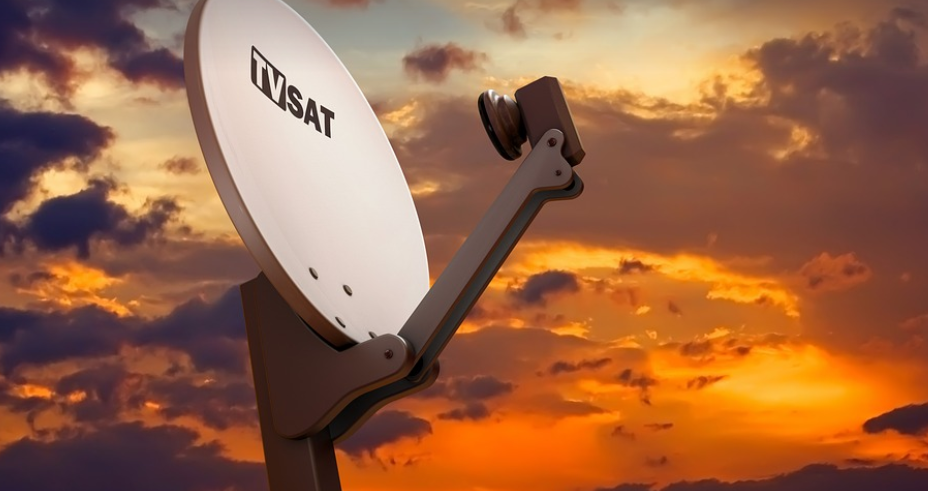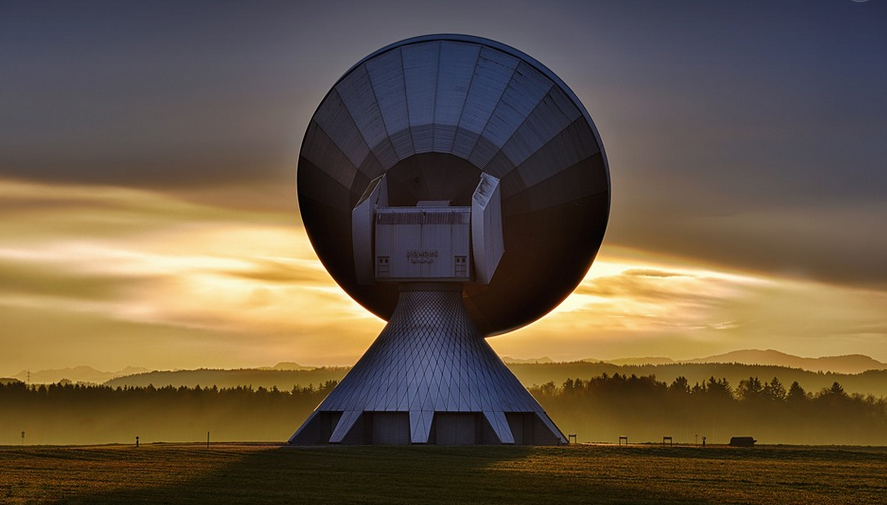Understanding the Dual Clutch Transmission (DCT)
Hyundai, a prominent player in the automotive industry, offers its customers a range of vehicles equipped with their cutting-edge dual clutch transmission technology, known as the DCT. This innovative gearbox boasts impressive performance and fuel efficiency, but like any mechanical system, it’s susceptible to certain challenges.
Common Issues with Hyundai DCT Transmissions
While generally reliable, Hyundai DCT transmissions have been experiencing some common issues over the years. These problems can range from minor annoyances to major repairs, and understanding them better can help owners anticipate potential problems and take preventive measures.
One frequent complaint is a “slipping” sensation when accelerating, often accompanied by a lag in power delivery. This could be due to worn or damaged clutch plates, which play a crucial role in smoothly transferring power between gears. Another common issue is premature wear on the mechatronic unit responsible for controlling gear changes.
Another concern arises from the DCT’s automatic feature, where driving modes can sometimes default to a “comfort” setting even when manually choosing “sport”. The result? A noticeable lag in power delivery, especially during acceleration. This often makes daily commutes feel less than ideal.
While these issues primarily stem from the DCT’s design and wear and tear over time, it’s important to acknowledge that some individuals might experience persistent issues with their Hyundai DCT transmissions. These can range from minor glitches in shifting patterns to more complex problems like complete transmission failure.
Common Symptoms of DCT Problems
Detecting potential problems early is crucial for preventing bigger headaches down the line. Here are some common signs that your Hyundai DCT might be facing issues:
- Sluggish Acceleration: This could manifest as a delay when pressing the accelerator, especially upon starting from a standstill or during acceleration.
- Noise During Shifting: Sudden clunking, grinding, or whirring noises from the transmission area are often indicative of wear and tear.
- **Warning Light: **A check engine light appearing on the dashboard could point to a major issue with the DCT.
- Shifting Difficulties: Skipping gears, rough gear changes, or difficulty shifting into certain gears might signal underlying problems.
If you notice any of these signs, it’s time to take your Hyundai to a trusted mechanic for diagnosis. Ignoring potential issues could lead to more significant and costly repairs down the road.
Diagnosing and Fixing DCT Problems
When diagnosing DCT problems, mechanics rely on various diagnostic tools and techniques. These often include:
- Software Scanners: These devices read error codes from the transmission control module (TCM), providing insights into specific issues.
- Internal Diagnostics: Mechanics use specialized tools to inspect the internal components of the DCT, observing for any signs of wear or damage.
- Fluid Analysis: Checking the fluid level and condition can indicate potential problems with the transmission fluid itself.
Once diagnosed, the appropriate course of action will depend on the severity of the issue. Common repair options include:
- Clutch Plate Replacement: This is a common fix for slipping gears and other wear-related problems.
- Mechatronic Unit Repair/Replacement: The mechatronics unit plays a crucial role in controlling gear changes, requiring replacement if damaged.
Prevention is Key
Just like any other part of your car, proper maintenance is essential for ensuring optimal performance and preventing potential problems with your Hyundai DCT transmission. Here are some tips to help you keep your DCT in tip-top shape:
- Regular Servicing: Schedule regular service appointments to have the transmission fluid changed and checked.
- Drive Smoothly: Avoid harsh acceleration and braking, which can put extra stress on the transmission.
- Check for Leaks: Periodically check under your car for any leaks, which could signal a problem with the transmission’s seals or gaskets.
Final Takeaways
While Hyundai DCT transmissions have been praised for their performance and fuel efficiency, they are not immune to challenges. Understanding common issues, symptoms, and potential solutions can help you navigate any problems that arise. Remember: regular maintenance is key to ensuring your Hyundai’s DCT delivers optimal performance.



